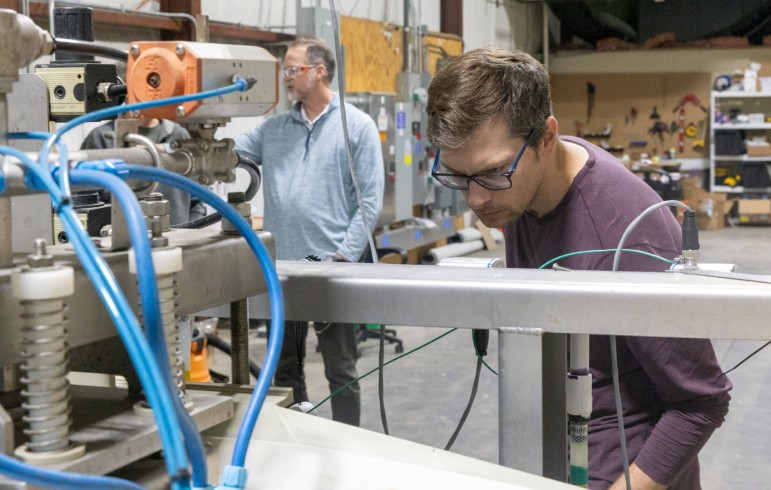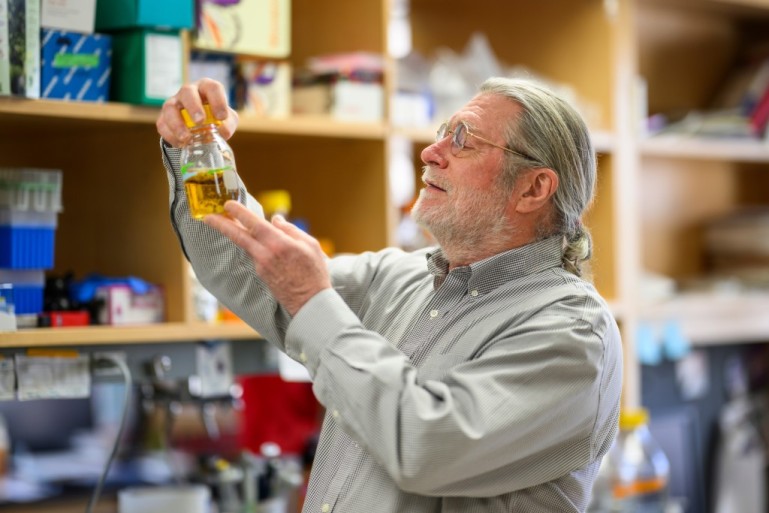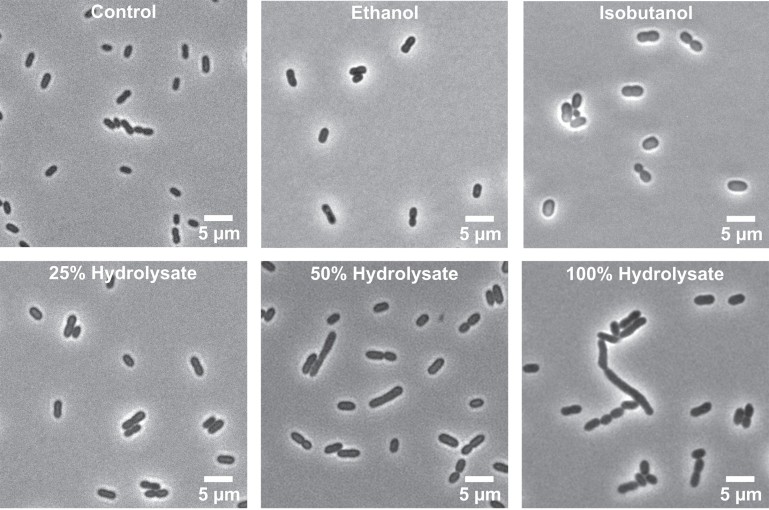A $10 million commercial biotech plant laboratory in Middleton, Wisconsin, first opened in 1982 with the help of University of Wisconsin–Madison scientists, will soon become part of UW–Madison following a donation from Monsanto Co.
Ronald Raines, the Henry Lardy Professor of Biochemistry, earned two national awards over the holiday. He was elected as a Fellow of the National Academy of Inventors (NAI) and also received the Vincent du Vigneaud Award from the American Peptide Society (APS).
On the surface, it seems both easy and obvious: If you’re living in an area that’s struggling with storm water runoff issues, just add in some green infrastructure — a rain garden, bioswales, maybe some new permeable pavement — and voila! Runoff problems solved — or at least reduced.
Given the great scope and complexity of the energy challenges facing society, innovative research collaborations across disciplines hold the most potential to produce transformative technological breakthroughs.
We are not alone. Each of us carries a wide array of microbial species that outnumber our cells tenfold. Recent studies have shown that the complement of microorganisms, the microbiome, is an important determinant of human health and disease.
The U.S. Department of Energy has awarded approximately $1 million over 2.5 years to a university-industry team of researchers that includes Electrical and Computer Engineering Assistant Professor Dan Ludois.
Several University of Wisconsin-Madison engineers are among leading researchers around the country who will participate in the newly created Reducing Embodied-Energy and Decreasing Emissions (REMADE) Institute.



